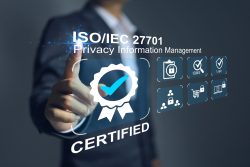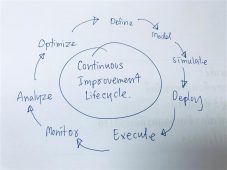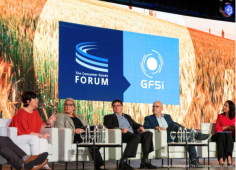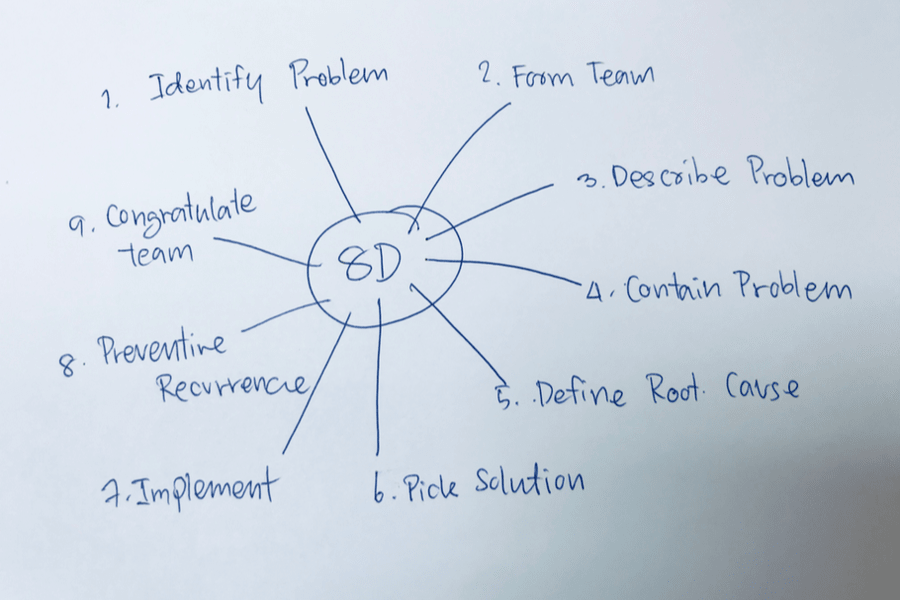How Memes and Millennial Culture Can Keep Food Safe
By Prof. Dr. Darin Detwiler.
I recently heard a joke that a Zoom call is much like holding a séance – the older the participant, the more likely they will say “We can’t see you,” or “We can’t hear you.” I shared that observation with some young students who use Zoom all the time, but they had no idea what a séance was.
Two elements define a strong message – the sender and the receiver. If the sender does not understand how the receiver will access, engage with, or interpret a message, then the efficiency of the message may be lost.
Regardless of the platform, engagement must come in three forms – introducing, developing, and practicing – in order to be effective.
Over the past three decades, a variety of challenges and advances have impacted how we engage with millennials – those audience members reaching young adulthood in the early 21st century.
The internet has allowed millennials to grow up with access unlike that of earlier age groups, especially when it comes to access to information about food products, food companies, food recalls and outbreaks. Millennials have grown up with books, magazines, support groups, blogs, videos, and professional resources. The largest audience may engage more passively as public viewers or actively connect with those who send messages that they want (or need) to hear. Social media, however, has become a platform where millennials are notoriously active.
Social Media – including Twitter, Instagram, Facebook and other lesser known platforms like Twitch or Telegram – are ways for millennials to share and debate food-related topics not previously seen as part of the stakeholder dialogue. Memes and viral videos now dominate short-form communication, including awareness of food safety issues. A simple online search for E. coli or Salmonella memes will reveal a wealth of results that prove such messages are being delivered consistently. Some see food safety-related memes as a measure of social understanding and discourse on topics previously believed to only be discussed by industry or regulatory audiences. These memes go viral – spreading rapidly through a population by being frequently shared with a large number of individuals – because the audiences understand the topic.
Certain crowd-sourcing sites or apps such as Yelp, Amazon reviews, and IWasPoisoned.com have allowed consumers to contribute data pertaining to conditions, experiences, and outbreaks. They also allow for research confirmation and agency acceptance as a viable data source for improving food safety. This level of generative involvement by consumers includes loyalists and advocates creating new information or messages.
Given this information, how do we best engage millennials in topics related to food safety? A few key elements are as applicable to millennials as they are to others. Regardless of the platform, engagement must come in three forms – introducing, developing, and practicing – in order to be effective.
Introducing involves explaining why something is significant, explaining its varied perspectives – such as geographic (land, movement, resources), political (applicable policies, laws and court decisions), economic (costs, demand, value), and social (how people are impacted by or communicate the topics).
Food safety has a greater impact on these variables than millennials may realize. Educating them on the importance of food safety issues can help them to understand their individual roles in food safety as well as establish their sense of community and belonging.
Developing involves being truthful about causes and effects, exploring the various mechanisms and philosophies that result in different experiences between stakeholders and that look at efforts and tools to mitigate conflicts, inequalities, and failures.
Practicing involves justifying a sense of purpose or role for the recipient of the message. Answering the question of ‘What can we do?’ is part of the solution, but bringing the audience into the real world of experience is another. Giving practical examples and true value to their interaction with the topic will maximize their engagement and propel the experience into an outcome that can be leveraged later. Engaging younger audience so they are valued as stakeholders is key to the successful delivery of ideas just as it is key to an audience attaining the desired outcome.
Millennials are no more or less consumers, workers, or leaders than any generation that came before them, but we must understand that they have grown up around tools and resources that prior generations only came to know much later in life. While they will be able to say the same thing about the following generation, we all must realize that each generation depends on each other for progress and understanding. Failure to effectively engage with millennials in conversations about food safety will likely be as detrimental to older generations as it will be for millennials themselves.
About the Author:
Prof. Dr. Darin Detwiler, LP.D., M.A.Ed. is an award-winning educator with over 25 years of teaching from grade 6 through doctoral programs. He is a professor of food policy at Northeastern University in Boston, MA, where he also previously served as an assistant dean. Dr. Detwiler is an author (Food Safety- Past, Present, and Predictions), a columnist, and is a highly sought-after speaker within the food industry and beyond.

-
 FeaturedRisk management
The Cost of a Breach: What a Cyberattack Could Mean for Food Safety Recalls
FeaturedRisk management
The Cost of a Breach: What a Cyberattack Could Mean for Food Safety Recalls
-
 FeaturedRisk management
Securing the Food Chain: How ISO/IEC 27001 Strengthens Cybersecurity
FeaturedRisk management
Securing the Food Chain: How ISO/IEC 27001 Strengthens Cybersecurity
-
 FeaturedRisk management
Revolutionizing Food Safety Training: Breaking Out of the “Check-the-Box” Mentality
FeaturedRisk management
Revolutionizing Food Safety Training: Breaking Out of the “Check-the-Box” Mentality
-
 GFSI Standards
GFSI 2025: Building Trust, Tech-Forward Solutions, and Global Unity in Food Safety
GFSI Standards
GFSI 2025: Building Trust, Tech-Forward Solutions, and Global Unity in Food Safety
-
 FeaturedFood Safety
Integrated Pest Management: Strategies to Protect Your Brand’s Reputation
FeaturedFood Safety
Integrated Pest Management: Strategies to Protect Your Brand’s Reputation
-
 FeaturedFood Safety Culture & Training
No Open Door Policy: Challenges That Impact Pest Control in Food Processing Plants
FeaturedFood Safety Culture & Training
No Open Door Policy: Challenges That Impact Pest Control in Food Processing Plants




